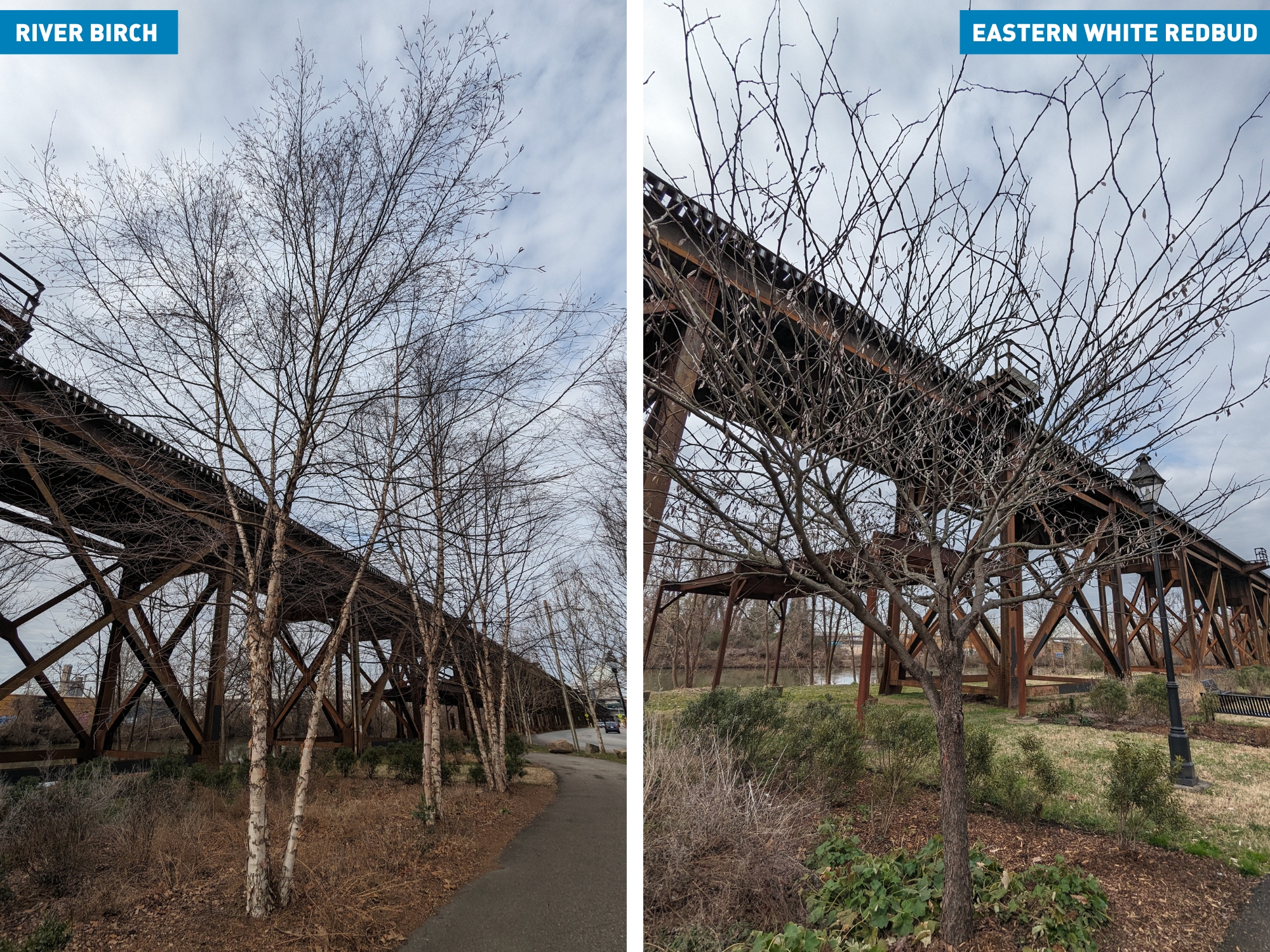February — Tree Talk
Book Review of The Nature of Oaks by Douglas W. Tallamy, by Anna G. Aquino
Have you ever read a book and so relished every word that when you finished it, you immediately read it again? I hadn’t, until The Nature of Oaks by Douglas W. Tallamy. Wanting to indelibly cement the information into my brain, no problem to overwrite some of the frass that’s occupying space, I immersed myself in Dr. Tallamy’s oaks. After the second go round I hated to have to move on to other things, but refer to it continually, so many answers in those pages. Why is it such a compelling book? From tiny acorns do mighty oaks grow. Are we the tiny acorns?
If we’re lucky enough, we have been in the presence of lots of oak trees through our lives, as big or bigger than anything else out there. There are the in-your-face oak matters that need demystifying (why such a banner year for acorns across all oak species across a wide region?, why are oak leaves retained on the trees till the following spring?), and then there are the precious tiny vignettes of information revealed, only for the keenest oak observers. Believe this—a mother acorn weevil (Curculio sp.), her drilllike elongated mouth with gnashing mandibles at its tip is as long as her body, augers a hole in the soft summer acorn, spins around and deposits an egg, then closes the chamber with her feces. Her egg hatches and the little guy takes the next two months to eat its way through the acorn, finishing its meal just when the hard ripe acorn is ready to fall to the ground. The larva scrambles to make a soil bed to lie comfortably in, somehow knows when two years have passed, at which time our hero emerges from the ground as an adult, and the cycle begins again.

Photo: “Acorn Weevil.” Rasmus Allesoee. iStockPhoto.
The sequel may be even better than the movie (you know that’s rare)—a colony of tiny ants in the genus Temnothorax is reconnoitering for just the right-sized hole in which to set up house, the weevil’s former condo suits perfectly, and the colony plans to live full lives of eating and making more ants when a home invasion of the worst kind occurs. One of the several species of slave-making Temnothorax ants crashes, kills the queen and the workers and kidnaps the pupae, raising them to adult ants then forcing them to serve their new masters, finding food and making baby ants, in perpetuity. With dramas like these playing out with our oaks, Dr. Tallamy suggests “who needs Netflix?”
For sure there is a lot of bad news presented, infinite ways we are damaging the planet, and Dr. Tallamy doesn’t spare us the stomach-churning facts, but he presents them wrapped with stories of nature’s marvels so we can handle them, we are distracted by joy and amazement that fill our hearts. Where there’s life there’s hope, he doesn’t have to say it, but that sentiment is on every page. Doug Tallamy’s oak book is a collection of nature stories, an exploration of the goings-on out there, big ideas told with small stories. For me, I gained a new understanding of synchronicity, the divine symphony, even a master plan.
This book review was originally published on: www.treesvirginia.org
February — Urban Green Space Maintenance
We really do tend to these gardens all year long, and February has been a busy one! Efforts this month have been focused on pulling chickweed, especially before it can go to seed. Some general sprucing up was done as well including cutting back our red-twig dogwoods (Cornus sericea) and cleaning up the Bears Foot (Smallanthus uvedalia) that volunteered along the canal bank this summer.

February — Featured Tree Seasonal Update
This year we’ll be documenting the same two trees as they progress out of dormancy, bud out in the spring, are full of foliage in the summer, and lose their leaves in the fall. Follow along for monthly updates on the River Birch and Eastern White Redbud along the Low Line Gardens in Richmond, Virginia.

Spotted at The Low Line!
Though February has teased some beautiful signs of spring, including blue bell foliage, Packera aurea buds, and of course the first daffodils of the season, we were all excited to have spotted a fully mature bald eagle circling away from Chapel Island and over the Canal. Fingers crossed they stick around and we can see them again soon!

Packera aurea foliage


